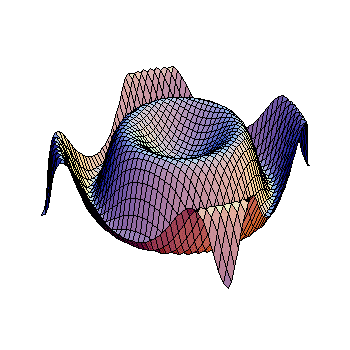#e^((23pi)i/12) = cos(23pi/12) + isin(23pi/12)#
Since #23pi/12 = 2pi - pi/12# so we have
#e^((23pi)i/12) = cos(2pi - pi/12) + isin(2pi - pi/12)#
But since #2pi# is the period, we can safely ignore it
#e^((23pi)i/12) = cos(-pi/12) + isin(-pi/12)#
Remember that #cos(-theta) = cos(theta)# and #sin(-theta) = -sin(theta)#
#e^((23pi)i/12) = cos(pi/12) - isin(pi/12)#
From there, it's using half angle formulas to figure out these values
#sin(u/2) = sqrt((1-cos(u))/2)# and #cos(u) = sqrt((1+cos(u))/2)#
So
#sin(pi/12) = sqrt((1 - sqrt(3)/2)/2) = sqrt((2-sqrt(3))/4) = sqrt(2-sqrt(3))/2#
#cos(pi/12) = sqrt((1 + sqrt(3)/2)/2) = sqrt((2+sqrt(3))/4) = sqrt(2+sqrt(3))/2#
#e^((23pi)i/12) = sqrt(2+sqrt(3))/2 -isqrt(2-sqrt(3))/2#
And lastly, multiply by #16# so we have
#z = 8sqrt(2+sqrt(3)) -8sqrt(2-sqrt(3))i#

